12 Powerful New Ideas For 21st Century Learning
How we learn is changing in response to a changing environment. 21st century learning is teeming with new ideas for learning pathways.

How we learn is changing in response to a changing environment. 21st century learning is teeming with new ideas for learning pathways.
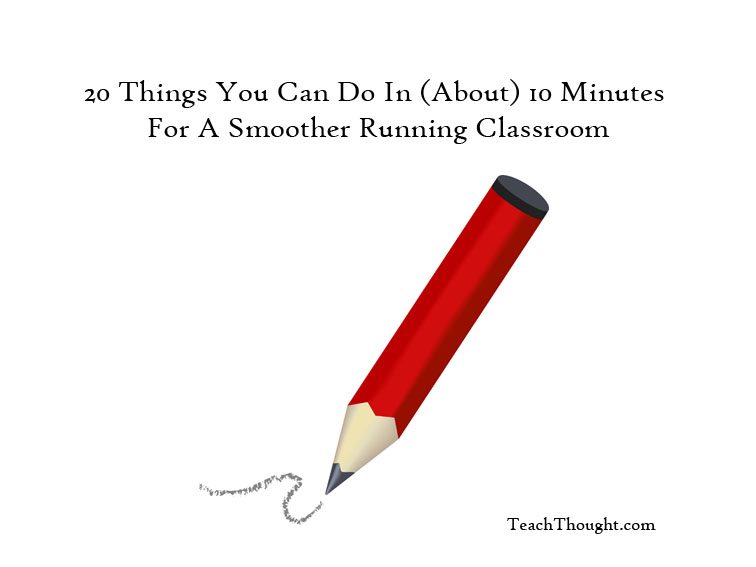
Setting up a system for makeup work ensures you aren’t wasting class time (or after school hours) trying to compile worksheets and assignments.

8 Simple Social Media Strategies For Your Classroom by Adam Renfro first appeared on gettingsmart.com Are you ready to bring social networking to your classroom? If you’re looking to make your classroom more relevant, connected, and meaningful to your students, it’s the best place to start. Study after study has confirmed the benefits of networking. Before we…
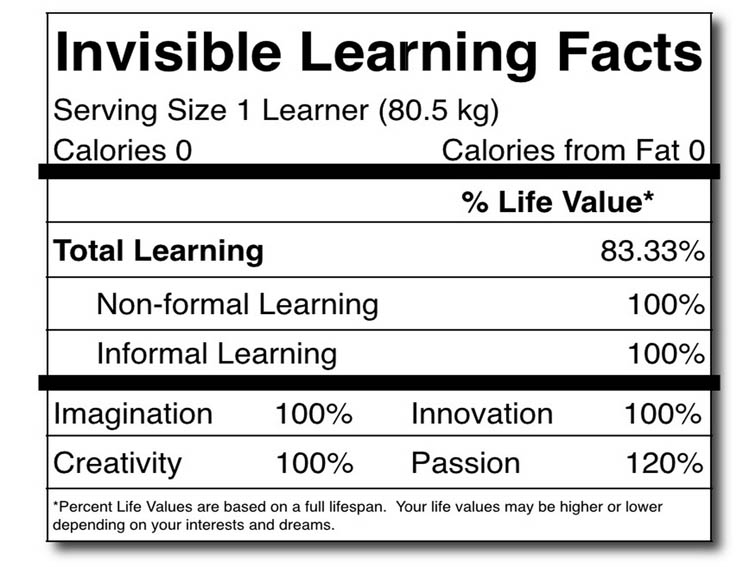
Invisible Learning: An Archetype For A New Ecology Of Education by TeachThought Staff In moving from traditional, tightly-bound direct instruction to something almost entirely self-directed and open, Invisible Learning almost sounds like a joke. It’s about as far from the current definition of “school” as you can get: Always-on learning–not scheduled into neat little categories, but…
![62 Ideas For Using The iPad In The Classroom [Presentation]](https://www.teachthought.com/wp-content/uploads/2013/03/62-ipad-in-the-classroom.jpg)
Some of the ideas for using the iPad in the classroom in the following presentation by scribd user denag33 are better than others.
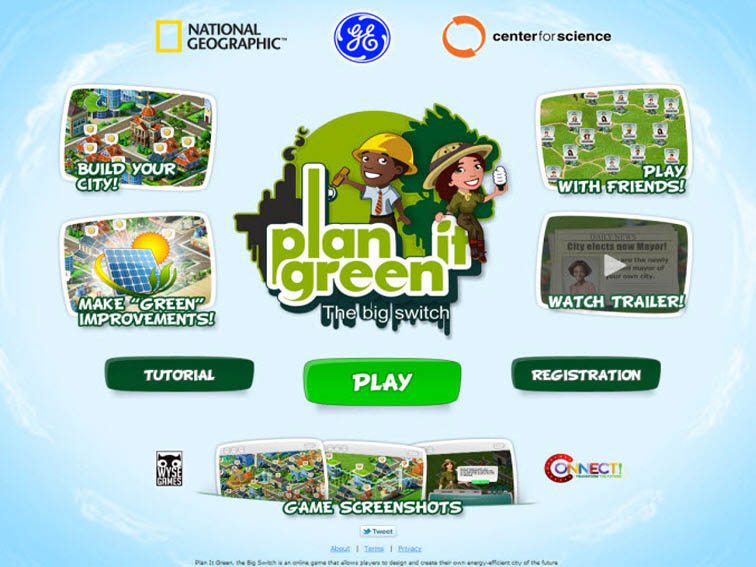
Plan It Green helps students learn about time & resource management while interacting in a city building learning simulation game.
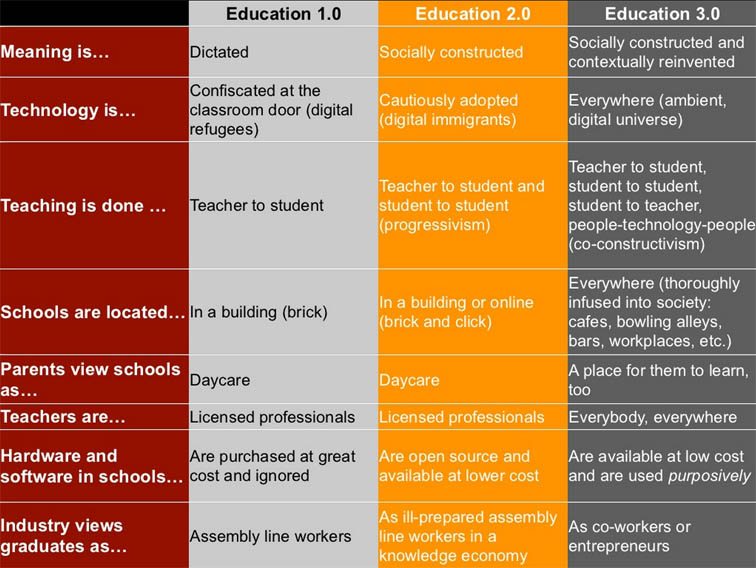
Education 1.0 (old way), 2.0 (current way), and 3.0 (future way). Education 1.0 was closed and industrial. 3.0 is open and ubiquitous.
What Is The Definition Of Global Learning? Globalization. Definitely not a high-interest topic. For every person reading this quick preview, probably 18 more skimmed right past, busy trying to survive right here, right now. This makes sense. Even when it does get attention, it is often bursting with rhetoric and emotion—discussed in tones of enthusiasm…
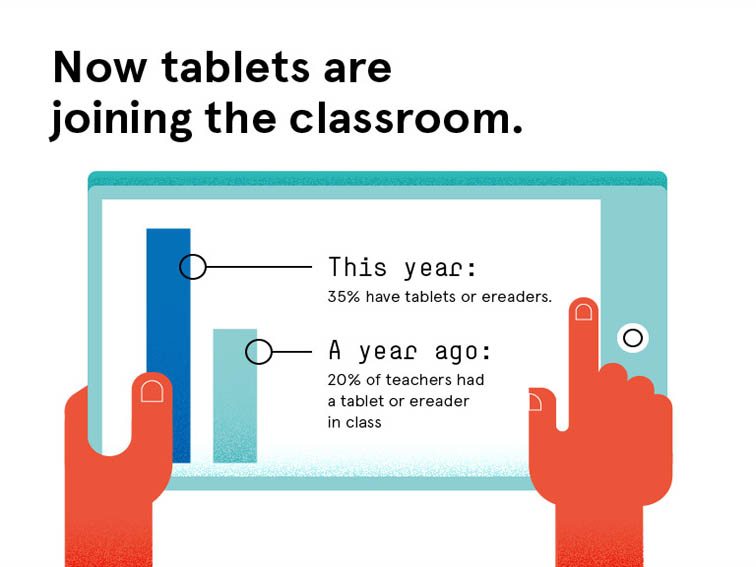
An Infographic On The Current State Of Technology In The Classroom The current state of technology in the classroom is somewhere between its infancy and bold experimentation. For every 1:1 tablet program or BYOD-pioneering district, there is a teacher in a poor urban district struggling to get her “smart” board thinking again, or another in…
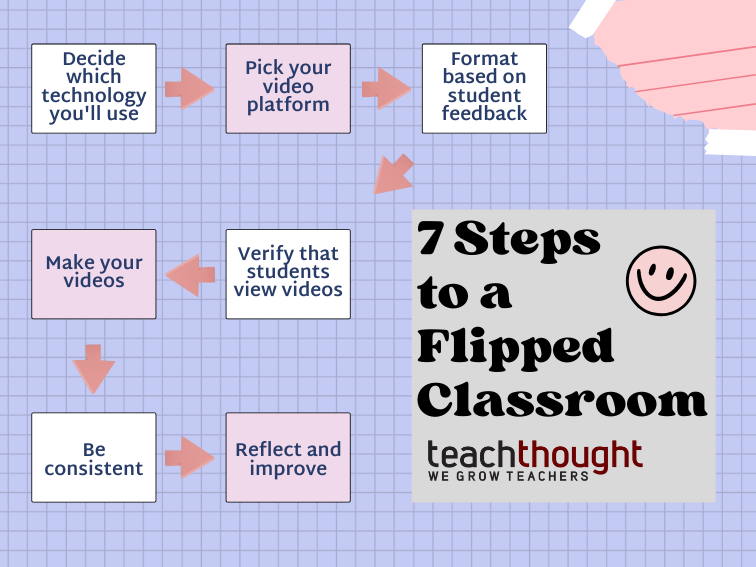
Understanding how to flip your classroom is like anything else you do: understand the goal, choose an approach, and iterate over time.
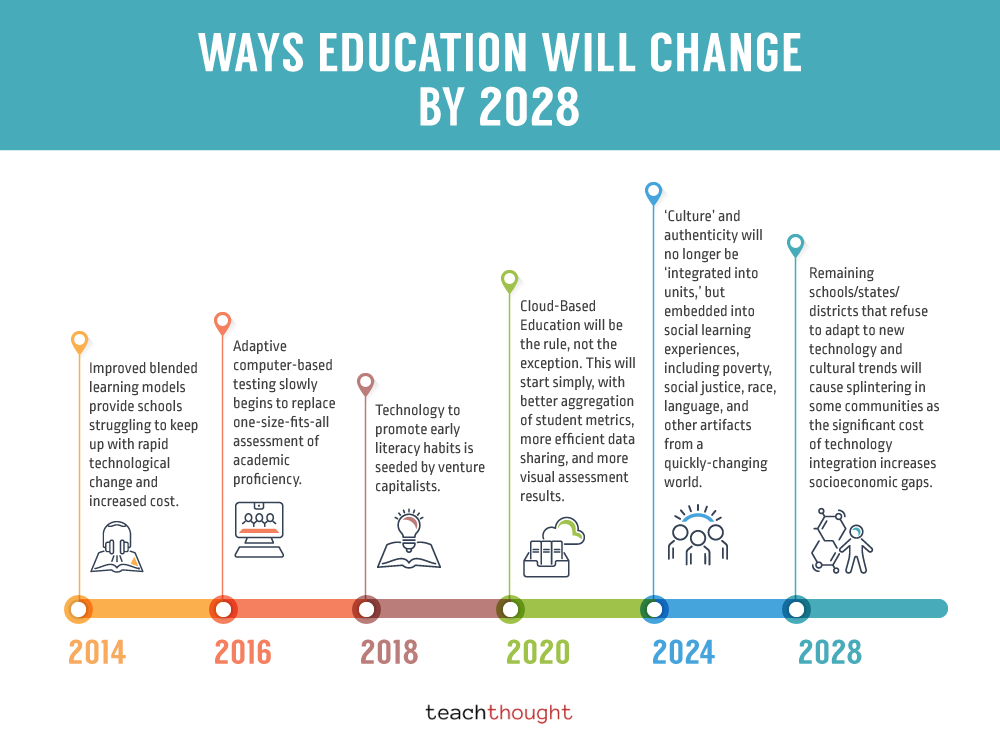
Adaptive computer-based testing slowly begins to replace one-size-fits-all assessment of academic proficiency.
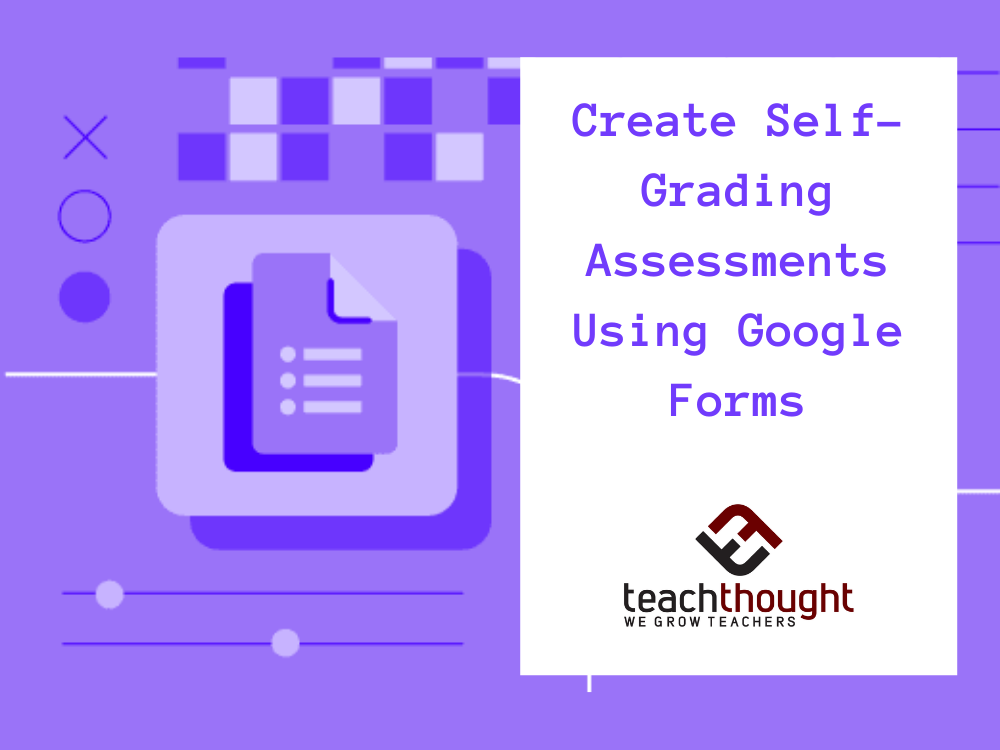
Here’s how to create self-grading assessments using Google Forms, a time-saver for teachers committed to using data to revise instruction.
End of content
End of content